Owen Beardsmore of Cervus-UK lists the essential skills that will help bag a buck in the rut, while recounting some of his most memorable outings...
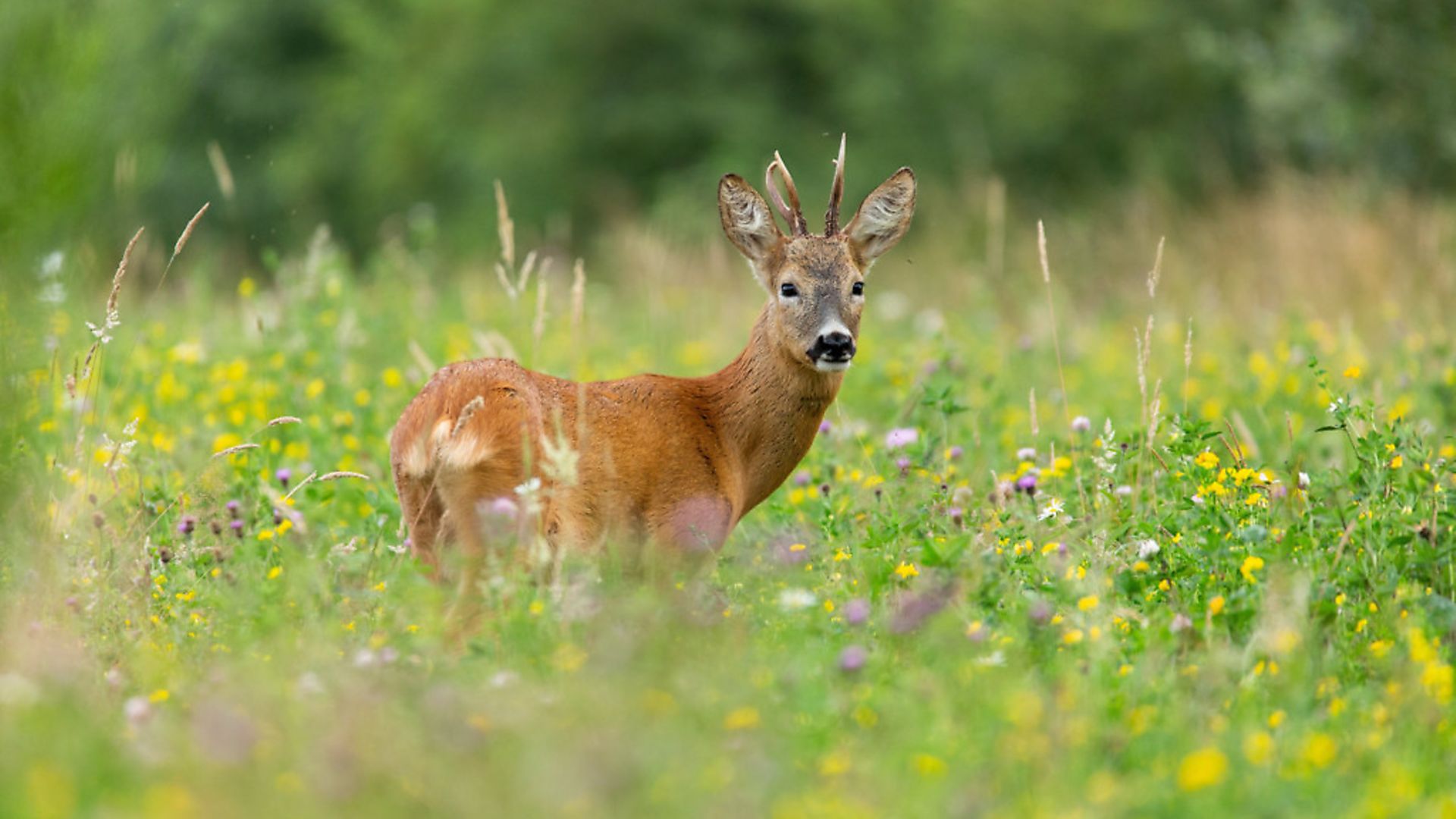 credit: Archant
credit: Archant
(PICTURES BY DAN BEARDSMORE/CERVUS-CREATIVE) Of all the regular hunting experiences I enjoy, summer roe bucks during the rut are up there with some of the best. It can be the most exciting time in the woods, but also the most frustrating and disappointing, and it can never really be relied on. But when it comes good and you experience a mature buck exploding out of cover within a few yards, it is something that you never forget and want to experience again and again.
I write of my own experiences over the past 25 years of trying to master calling roe bucks. My only advice to anyone considering it is to get out into the woods and ‘have a play’ – but do it with a low level of expectation. Anything that happens will be a bonus.
There are plenty of roe calls available, and all of them, at certain times, will call bucks. However, I must admit that I am down to a few favourites, despite a collection of more than 20. My most used calls are the black plastic Hubertus Rehfiep with a thumbnail pitch adjuster, the popular cherrywood call – which I combine with an adapted Buttolo – and a German wooden one with a turn screw, depending on the circumstances and success rate of the other three.
The roe rut generally happens around the end of July or start of August and is the time of year when the doe comes ‘on heat’. This is when she is sexually receptive to the buck and actively leaves her young and seeks out her mate. At this time, calling the deer can be quite successful if you: make a noise like a doe looking for a buck; or call like a distressed kid to call the doe back and hopefully bring the buck with her; or make a sound like a doe being covered by a buck.
![[Alternate image for roebuck_rut-11.jpg]](/resource/image/6315038/landscape_ratio16x9/1920/1080/c3c7279efde22db6d71966e904e1fb2d/HM/roebuck-rut-12.jpg) credit: Archant
credit: Archant
If you are out in the woods regularly in mid to late July, you may have witnessed an increase in activity of your roe population, especially during daytime when you might not normally be seeing any. This could be an indication that the rut is beginning to kick off and this is when I may begin to tentatively start calling to see what’s about.
A rule of thumb is to avoid starting too early in the day. My best results for calling have been from after 7am through to mid to late morning, then early to mid afternoon. Not always, but generally.
It needs to be warm and humid for the best results. A cold wind or drop in temperature can kill your chances in an instant. Pick an area where you know you have a buck territory and a place where you can call them out that allows visibility, so you can see or shoot safely depending on your intention.
I wear full camouflage with face veil and gloves, as the situation, if a positive one, can be up close and personal. I have actually had bucks within touching distance of where I am standing (or sitting). Make sure that you have a background of either foliage or a tree – you want to break up your outline as much as you can.
![[Alternate image for roebuck_rut-11.jpg]](/resource/image/6315040/landscape_ratio16x9/1920/1080/7d87bbf05da41b8afc76cd55934a300b/RO/roebuck-rut-15.jpg) credit: Archant
credit: Archant
I generally start with a doe call, initially with a single fiep, just in case old matey boy is laid in front of me having a rest – a single call can cause him to stand up in surprise. If the first call produces nothing, I start to call three to six long doe fieps at regular intervals, moving my head so the call comes from different directions as if the doe was on the move. I will do this once or twice with a few minutes between calls, varying my call from strong to weak depending how far I am trying to call the buck from.
I will call for at least five minutes – sometimes for up to 20 – varying my call type and direction. I’ll always leave breaks in the calling, as the key thing is to listen. Deer can approach from any direction – this is all part of the excitement and experience. A twig snapping or the crackle of a leaf may signal that a deer is making a wily approach. It may be a doe who barks a challenge, it may be a young buck that comes out first only to challenge or be chased off by an older buck – anything can happen, as can nothing at all.
If my doe call does not produce the result, I will try using a kid fiep to imitate a distressed fawn. Here you need to make your call note a lot shorter and more determined, and call more persistently – in sets of a dozen or more. This is normally the most productive method, but not necessarily for a buck. I have called muntjac, foxes, sparrowhawks, hobbies and even a stray cat while in pursuit of a roe buck. The unpredictability and the surprise of success is what makes it worthwhile and such damn good fun. If you are not getting a result in one place, move to another – sometimes it works, most times it doesn’t, but don’t give in. Eventually, you will get success and then you will be hooked.
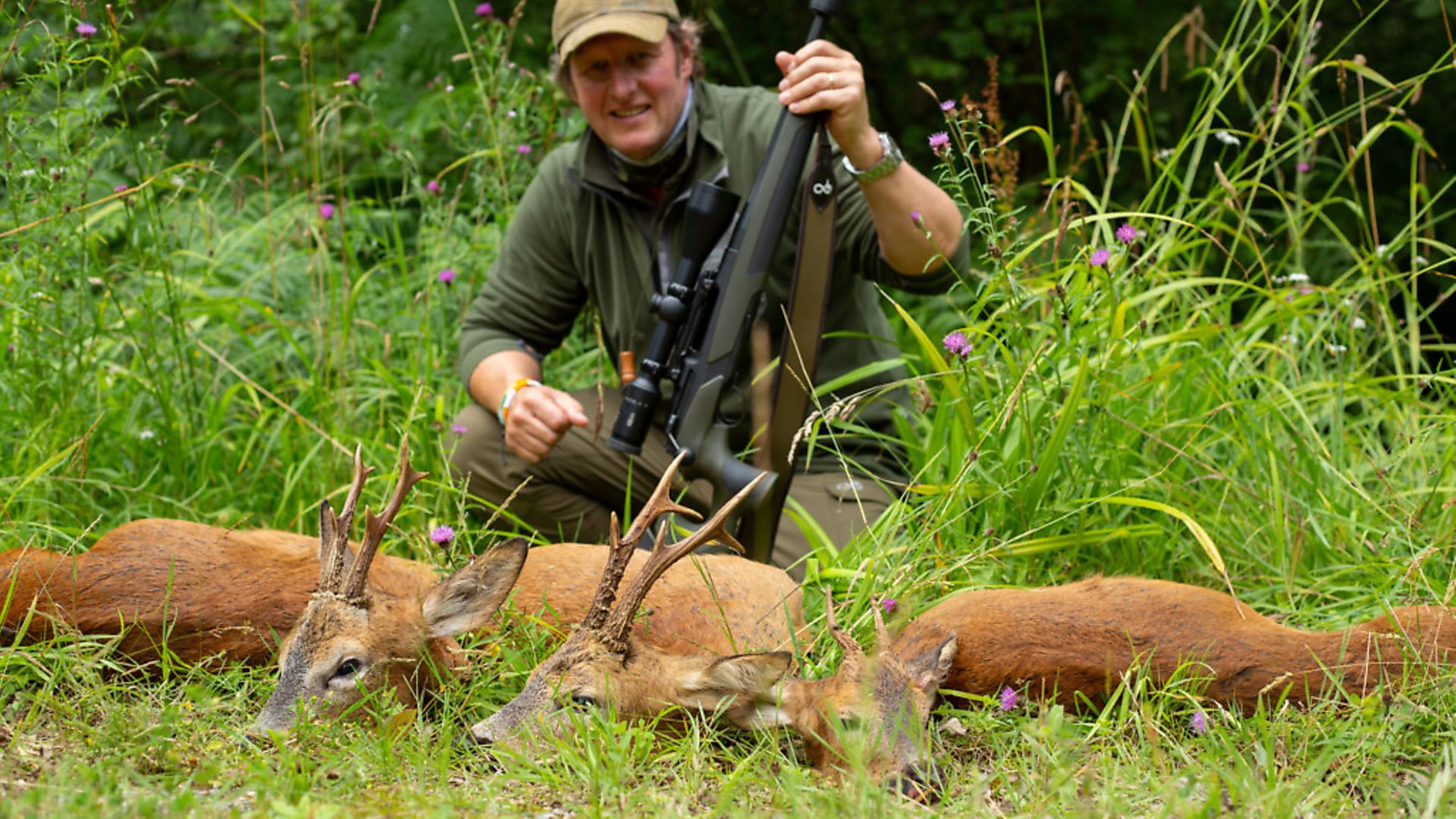 credit: Archant
credit: Archant
One experience a few of years ago in the Cotswolds was really memorable. It was late morning and I spotted a good buck out in the middle of a field, head down and following a scent in a determined manner, heading to a small spinney about 200m away. I pulled over and quickly got together a few calls and my trusty .308 rifle.
By the time I was ready, the buck was on the edge of the cover and about to disappear. I hastily made my way to him on the blind side of a hedge. By the time I was in a good position, some 40m from where I last saw him, he was out of sight in the thick cover.
I stood with my back to the broken hedge line, set myself up on my Viperflex quad sticks, and began to call a few determined doe fieps. Almost immediately, at 60m to my right, a totally different yearling spiker buck appeared from the hedge bottom. I continued to fiep in his direction, and then the mature buck showed himself virtually opposite me, looking at me and then the young buck. He stepped out onto the stubble, presenting a safe target, dropping on the spot as my Hornady SST round struck behind his shoulder.
I turned to look at the young buck, but he was gone. Without lowering my Merkel Helix, I resumed calling and the young buck shot out of the hedge to investigate the crime scene. A few more fieps and he gained confidence: out he came further, presenting another safe body shot. Bang and he was down.
Phew! What an exciting few moments – it had all happened in less than two minutes. I checked both bucks and pulled one over to the other, leaving them in the shade as the morning sun was now quite warm, before making my way back to the vehicle to extract them.
As I approached the gateway in which I had parked, I looked out across the next field, which had been mowed the previous week. Was I dreaming or was that another buck far out in the middle? I pushed through a gap in the hedge and took another look. It was a nice buck but with the top of one of his antlers snapped off. He was on the move about 200m in front of me.
The cherry wood call fieped for the third time that morning, and up went his head. Quite literally like a lamb to the slaughter, he came directly up to me, confident and interested. I waited until he presented a shot, and the third buck was in the bag. One old, one middle-aged and one youngster: the cull for this end of the farm had been achieved in just over half an hour, with a fantastic memory and a triple gralloch still to perform.
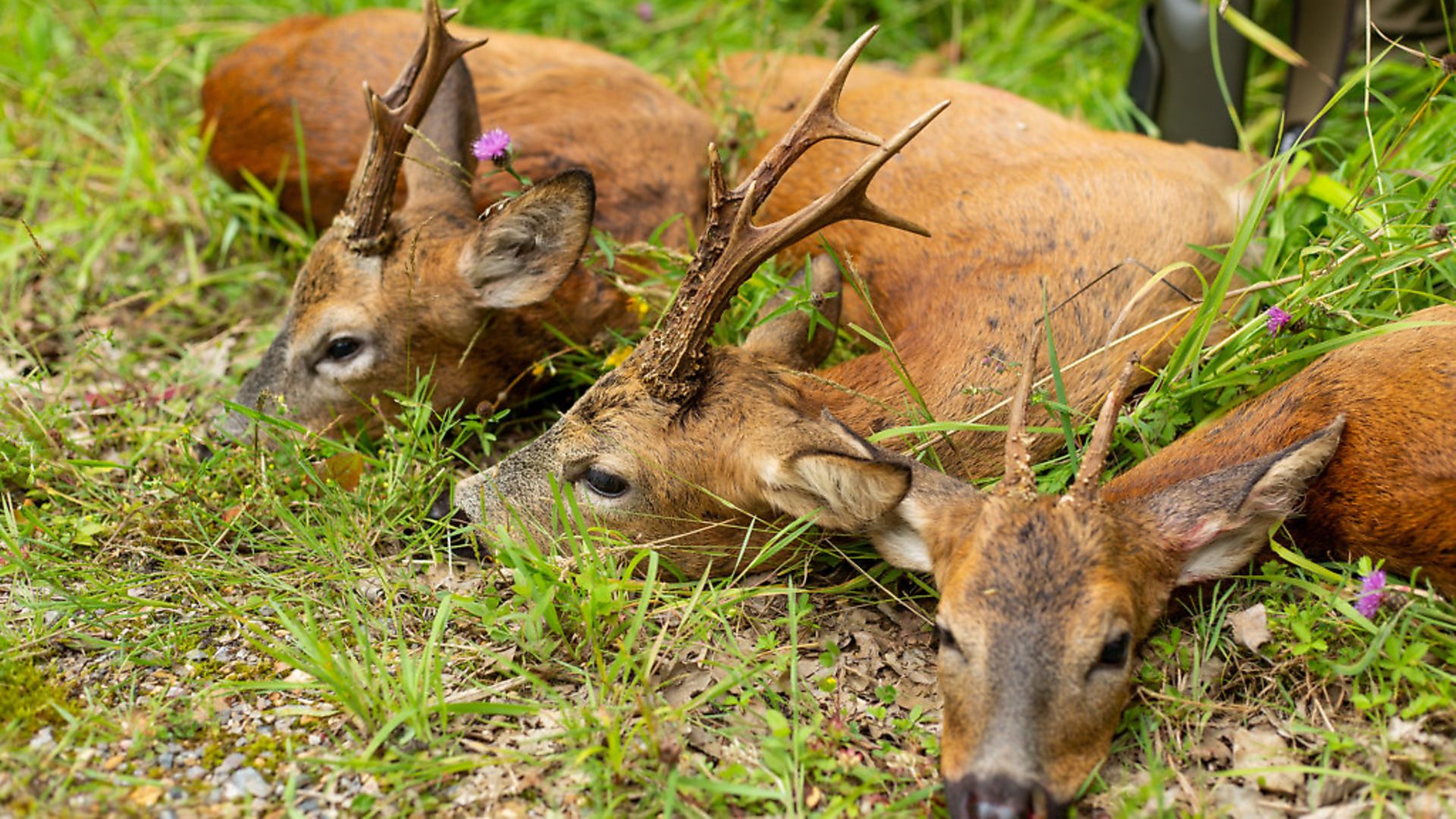 credit: Archant
credit: Archant
![[Trev - possible full page opening pic]](/resource/image/6315046/landscape_ratio16x9/1920/1080/7400035d963003d873a7c82d2b16735/hh/roebuck-rut-18.jpg) credit: Archant
credit: Archant
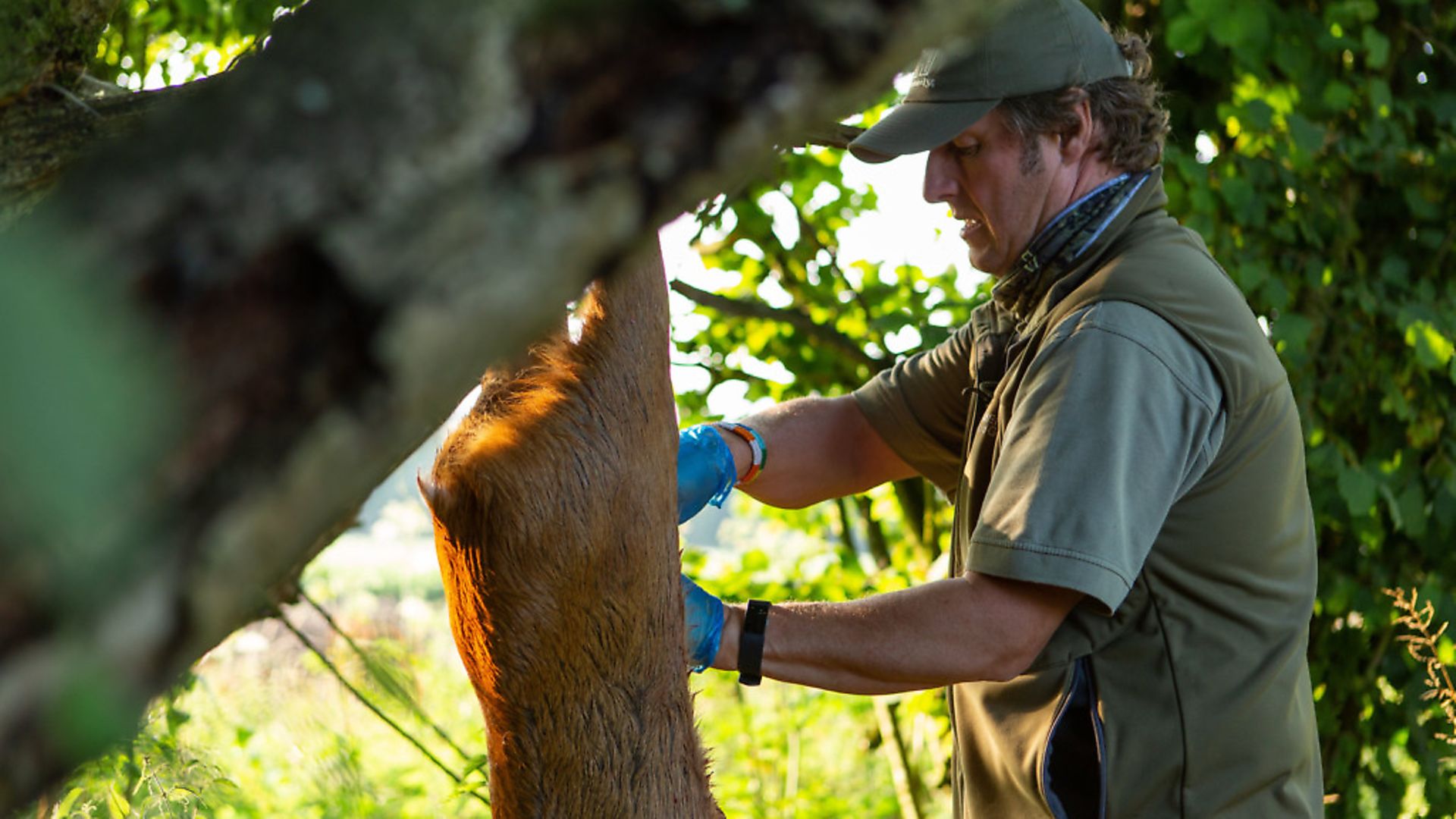 credit: Archant
credit: Archant
![[Alternate image for roebuck_rut-3.jpg]](/resource/image/6315050/landscape_ratio16x9/1920/1080/2c313c06ac02c9cc03c4ce01777a4df5/Qh/roebuck-rut-6.jpg) credit: Archant
credit: Archant
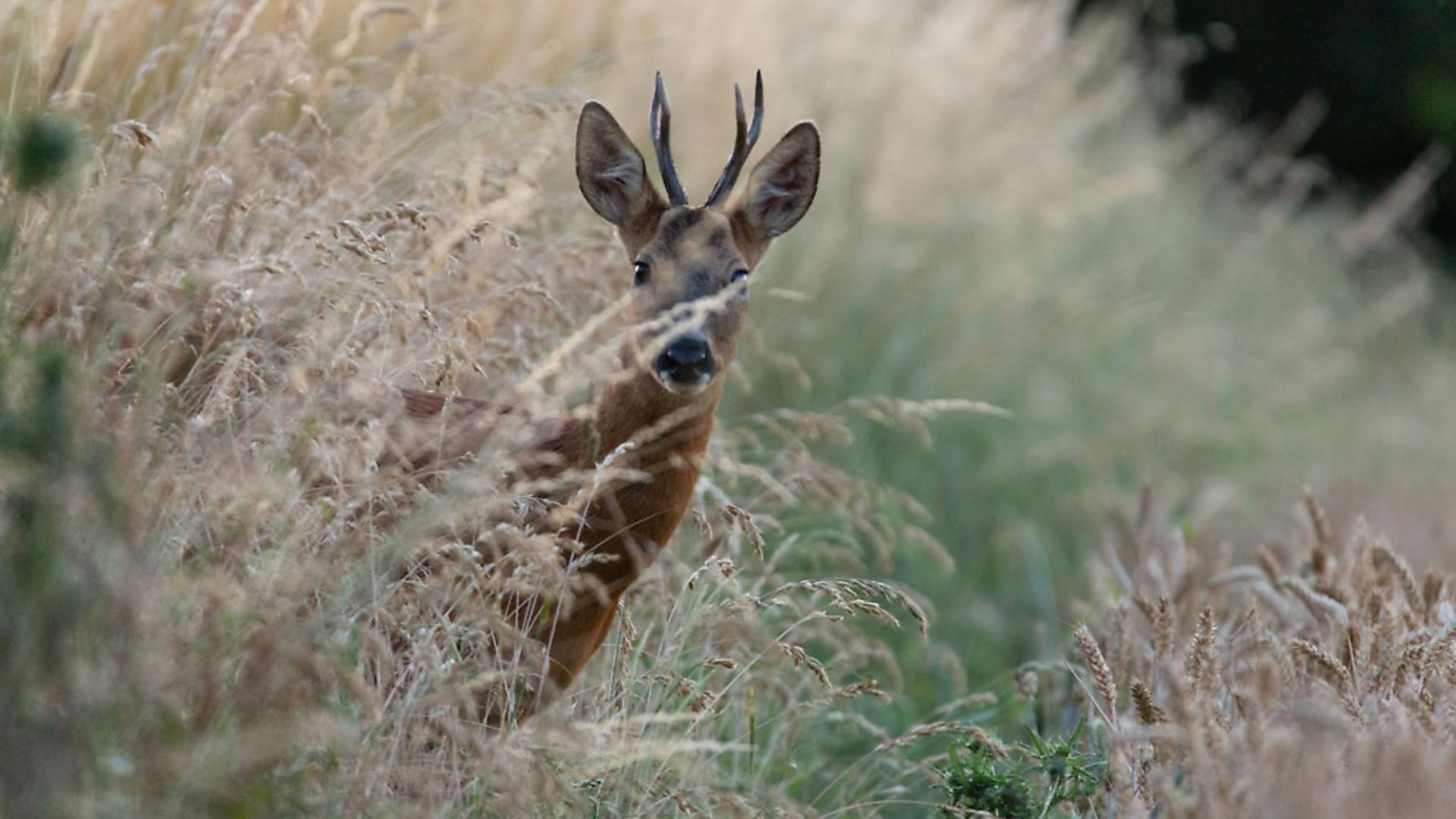 credit: Archant
credit: Archant
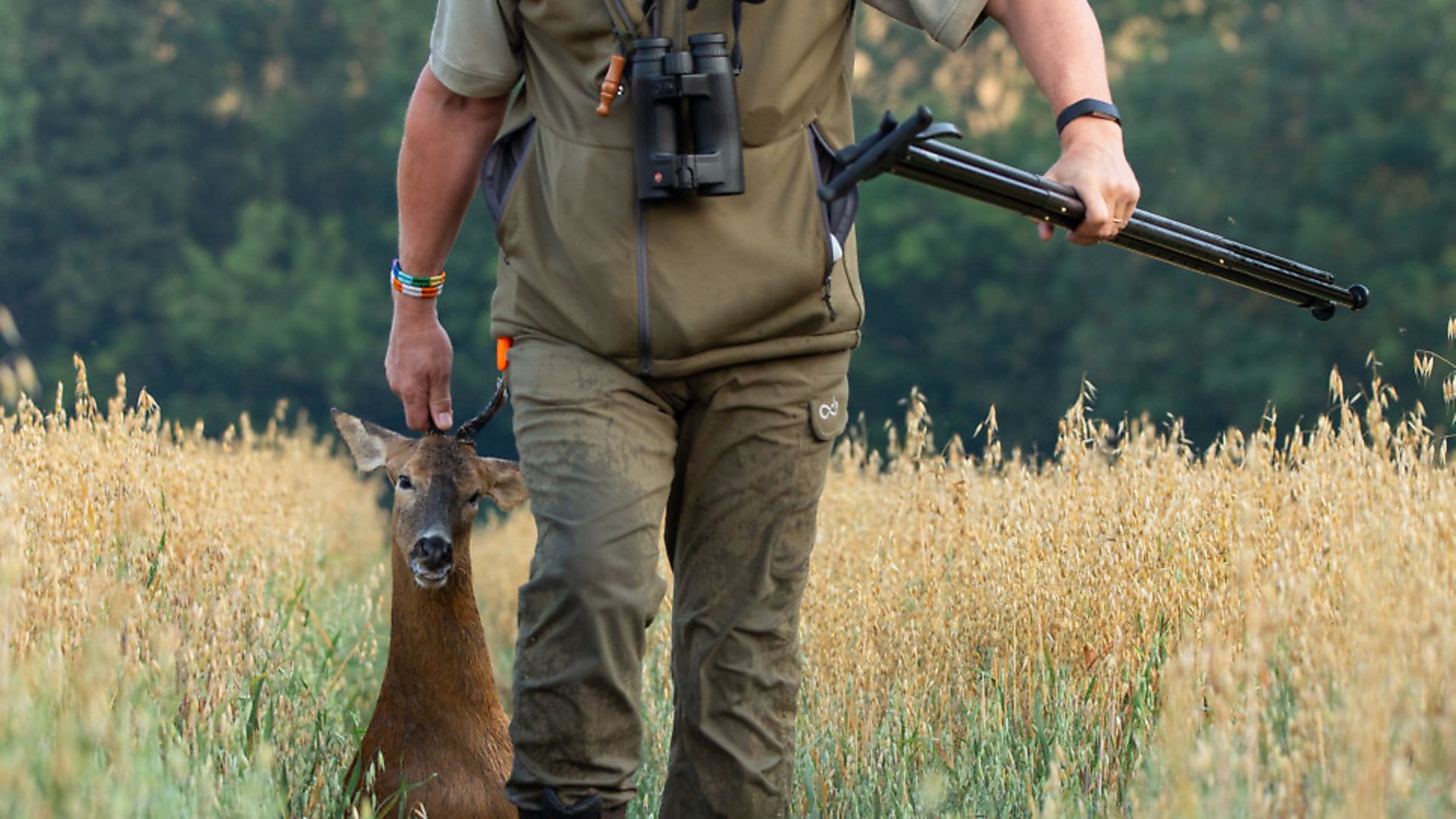 credit: Archant
credit: Archant